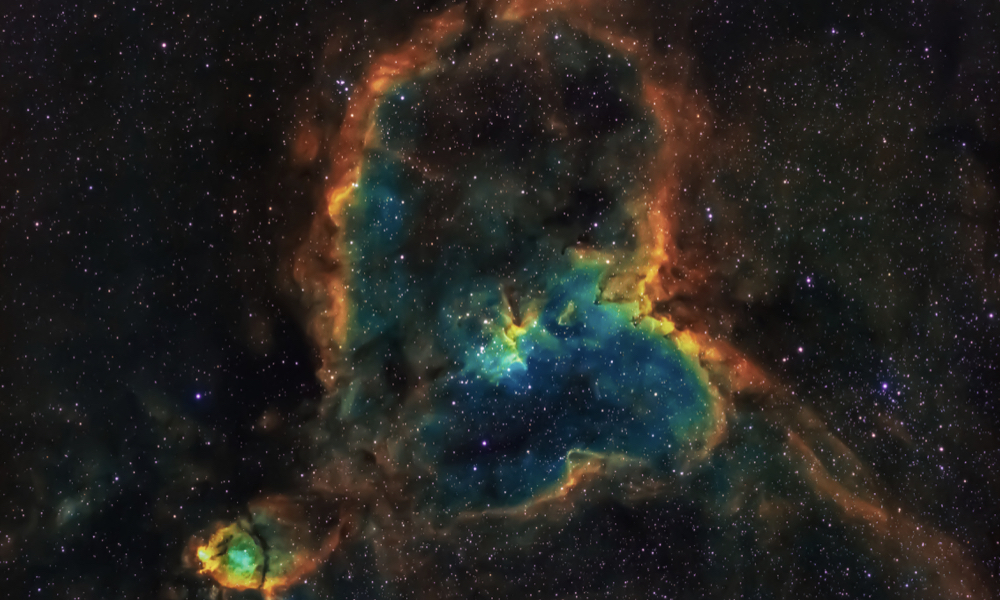
ESA Open Invitation to Tender AO9491
Open Date: 06/07/2018
Closing Date: 14/09/2018 13:00:00
Status: ISSUED
Reference Nr.: 18.1EC.04
Prog. Ref.: Technology Developme
Budget Ref.: E/0901-01 – Technology Developme
Special Prov.: BE+DK+FR+DE+IT+NL+ES+SE+CH+GB+IE+AT+NO+FI+PT+GR+LU+CZ+RO+PL+EE+HU
Tender Type: C
Price Range: 100-200 KEURO
Products: Satellites & Probes / AOCS & GNC / Sensors ¿ BB / Detectors (APS, CCD, infrared detectors, …)
Techology Domains: Space System Control / AOCS/GNC Sensors and Actuators / AOCS/GNC Optical Sensors
Establishment: ESTEC
Directorate: Directorate of Tech, Eng. & Quality
Department: System, Software & Technology Department
Contract Officer: Casini, Gian Lorenzo
Industrial Policy Measure: C2 – Activities in open competition, significant partecipat…
Last Update Date: 06/07/2018
Update Reason: Tender issue
Planetary precision landing missions rely on the use of vision-based camera as main navigation sensor. Recentstudies have put in evidence the impact of detector choice on the absolute navigation (AVN), relative navigation(RVN) and hazard detection (HDA) performances. The objectives of this activity are :- to assess the potential of newly developed APS detectors for AVN, RVN and HDA (HAS3, FaintStar)- to characterize the impact of shutter mode (rolling shutter vs snapshot) on performance (image processing,navigation, HDA)- to assess the required rolling shutter compensation algorithms- to design and test the compensation algorithms and assess the AVN, RVN and HDA performance with Rollingshutter compensation.- to assess the potential of COTS snapshot APS detectors by identifying and procuring a batch of candidate detectors- to perform dedicated characterisation campaign (radiation testing) on the procured COTS detectors sized for each expected planetary landing environment (Moon, Mars, asteroid)- to perform a trade-off on possibleAPS detectors for vision-based navigation and HDA and provide arecommendation.The activity will include the following tasks:- There are 2 new APS detectors currently in development for STR industry (HAS3 and Fainstar) under ESA funding.Although they are designed primarily for Star Trackers, their potential for landing application shall be addressed ; inparticular possibility of a snapshotmode, increased resolution (1280 280 for HAS3), characterization of shuttermode impact on image quality and navigation performance for typical scenarios (Moon, but also Mars and Asteroids)- The required rolling shutter compensation algorithms will be assessed,possible implementation solutions discussedand algorithms designed and tested on Relative Visual Navigation, Absolute Visual Navigation and Hazard detectionalgorithms.- In parallel COTS snapshot detectors (e.g.CMOSIS e2v) shall be characterized against each expected planetarylanding environment (radiation testing mainly for Moon, but also Mars and asteroid missions) to test their potentialsuitability for short operational mission (such as a Moon or Mars Landing).- The activity will encompass a detailed trade-off analysis of candidate detectors taking into account as criteria the development plan, test programme, expected navigation performance,procurement cost…- The outcome of the activity will be the recommendation for a baseline detector to be used for vision-basednavigation for landingProcurement Policy: C(2) = A relevant participation (in terms of quality and quantity) of non-primes (incl. SMEs) is required. For additional information please go to EMITS news “Industrial Policy measures for non-primes, SMEs and RD entities in ESA programmes”.
If you wish to access the documents related to the Invitation to Tender, you have to log in to the ESA Portal.
